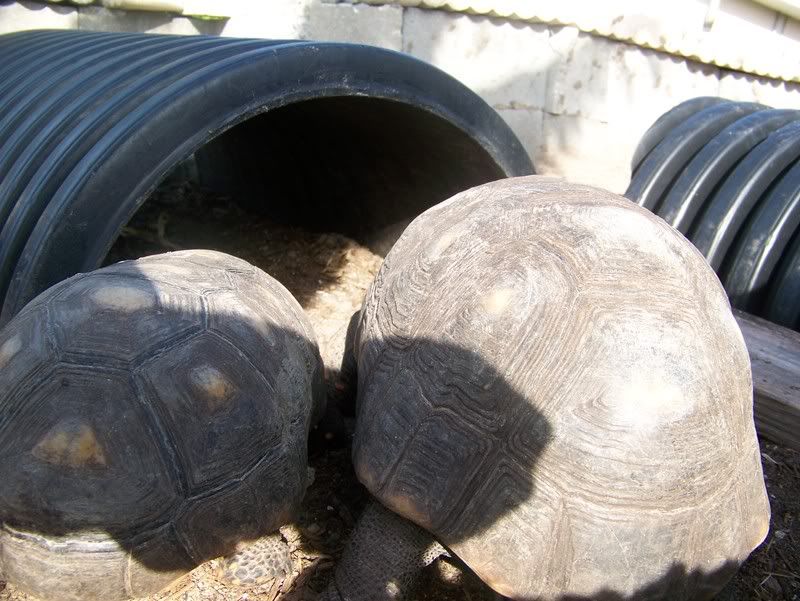I've been trying to do research on various things related to Red-foots and found several references in recent papers to Red-foot sub-species- the 'Northern' (Chelonoidis carbonaria carbonaria) and 'Southern sub-species' (C. c. spps.)
Now- at the level of research I have access to, a lot of this stuff is screwy- personal ramblings, submitted but not peer acknowledged, etc. so...
Does anyone have any leads to articles or anything I can go to for information about this?
Heck, as long as we are on this topic- how would YOU divide the Red-foot (if at all?) Good names for the sub-species for bonus points!
Mine are boring-
- Northern- light plastron
- Southern Red (Brazilian)- dark plastron, red/reddish bulbous nose
- Southern Yellow (Brazil, Paraguay, Bolivia)- dark plastron, Northern coloration, often reported as larger than normal.
Can you imagine a more unimaginative name than 'Southern Red Red-foot'? Yeesh.
Now- at the level of research I have access to, a lot of this stuff is screwy- personal ramblings, submitted but not peer acknowledged, etc. so...
Does anyone have any leads to articles or anything I can go to for information about this?
Heck, as long as we are on this topic- how would YOU divide the Red-foot (if at all?) Good names for the sub-species for bonus points!
Mine are boring-
- Northern- light plastron
- Southern Red (Brazilian)- dark plastron, red/reddish bulbous nose
- Southern Yellow (Brazil, Paraguay, Bolivia)- dark plastron, Northern coloration, often reported as larger than normal.
Can you imagine a more unimaginative name than 'Southern Red Red-foot'? Yeesh.
